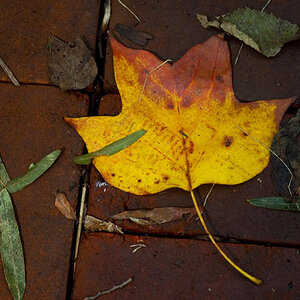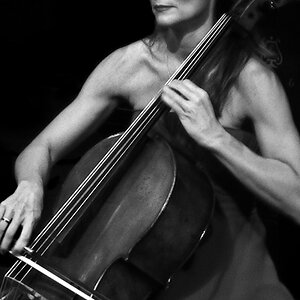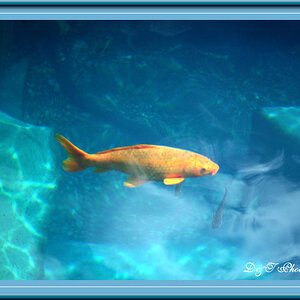stingray
TPF Noob!
- Joined
- Oct 28, 2005
- Messages
- 179
- Reaction score
- 0
Yesterday, after eyeing a camera or two in the window of a shop in a Melbourne alley that only open 3 hours and day and only on weekdays for a while, I finally made it in there and purchased a Voigtlander Vitoret R in fairly good condition, at least the shutter works well... However, after gazing through the viewer for a long while I tried to set the lens on a setting, 3.5 feet (for focus) and then measure said distance and see if it all lined up.. of course it didn;t.
I am wondering if there is a way of methodically calibrating the "focusing" mirror so that it runs according to the markings on the lens.
I assume though that the lens markings are very approximate and don't necessarily correspond to the distance exactly.
I am willing to mess around with the camera as it didn't cost me a whole lot and I'm interested to learn the process myself and not shell out more money to have the thing fixed, thanks in advance,
William.
I am wondering if there is a way of methodically calibrating the "focusing" mirror so that it runs according to the markings on the lens.
I assume though that the lens markings are very approximate and don't necessarily correspond to the distance exactly.
I am willing to mess around with the camera as it didn't cost me a whole lot and I'm interested to learn the process myself and not shell out more money to have the thing fixed, thanks in advance,
William.


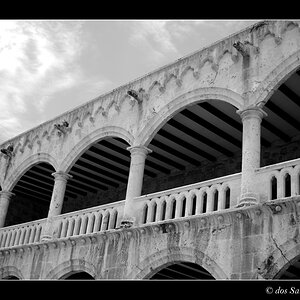

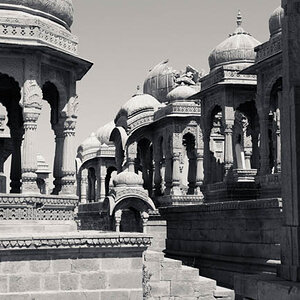


![[No title]](/data/xfmg/thumbnail/37/37493-07470d1244285a42bb716c7df65abfda.jpg?1619738112)
![[No title]](/data/xfmg/thumbnail/31/31754-af76ae89cc75bd1855937374ff359efe.jpg?1619734992)

